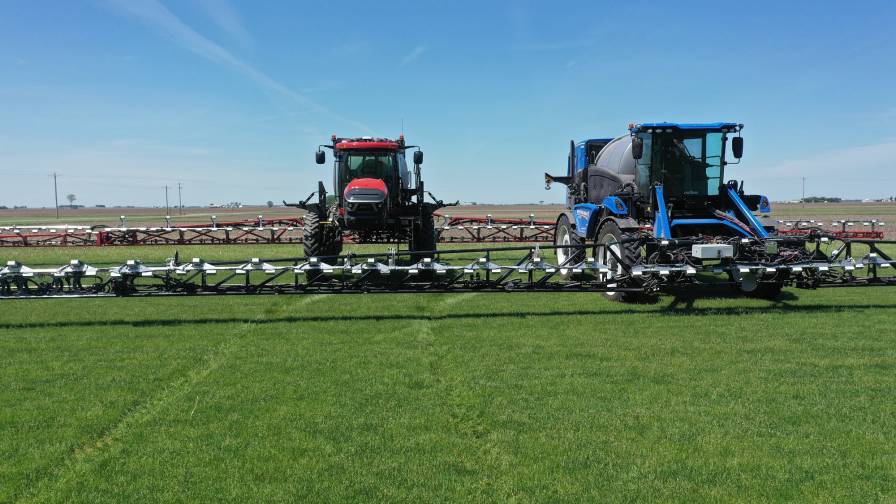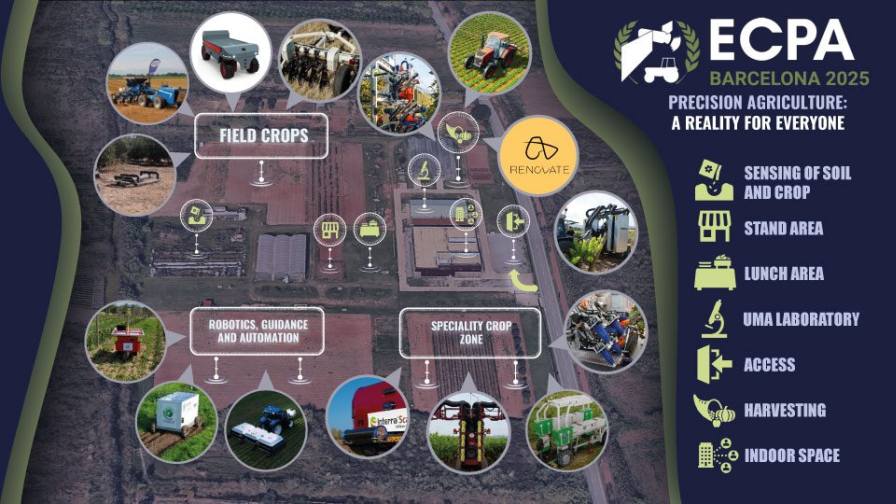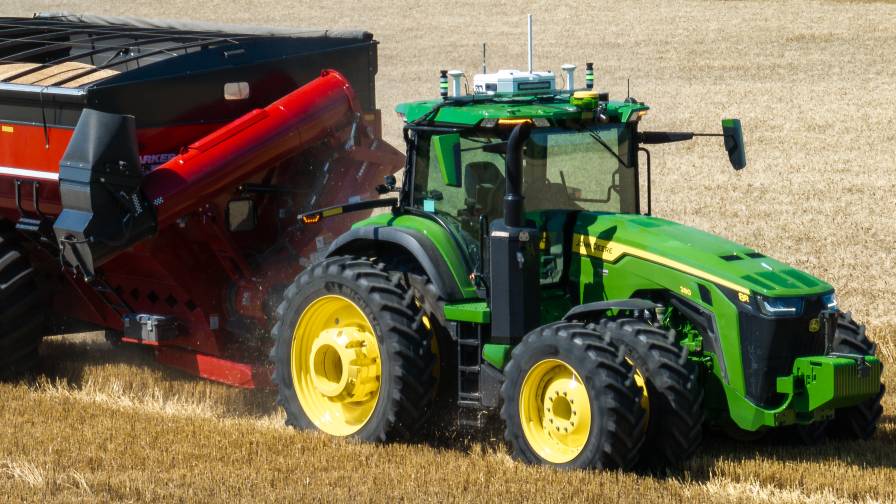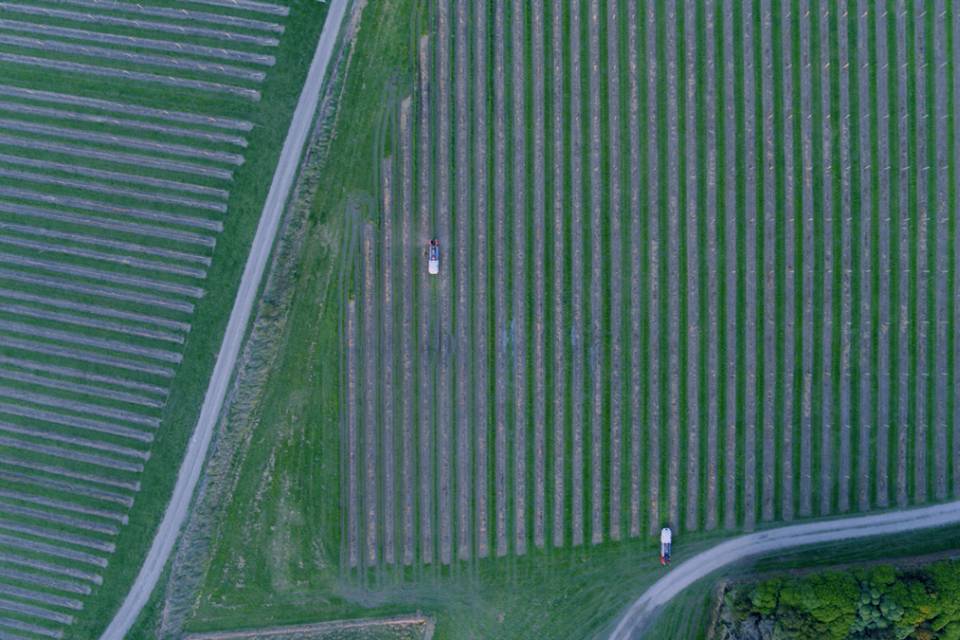Global Drone Usage and Adoption Continues to Skyrocket While Largely Benefiting the Agriculture Industry
Drones are being utilized in many markets and one of the ones that is expected to continue to rise is the agriculture drones market. The need to boost agricultural productivity and the labor shortage drive the agriculture drones market growth. Traditional farming faces labor shortages, increasing the demand for advanced agriculture technologies that enhance productivity and minimize manual labor. For instance, the USDA’s 2022 Census of Agriculture revealed a loss of 141,733 farms in the US from 2017 to 2022, highlighting the urgent need for solutions to improve efficiency and promote sustainable farming practices.
According to a report from MarketsAndMarkets, the global agriculture drones market which grew to from USD 2.01 billion in 2024 is expected to reach a CAGR of 32.0% during the forecast period (2029). The report said: “Partnerships and the introduction of new products will present profitable prospects for industry participants in the coming five years. Favorable government policies, subsidies, and regulations coupled with increasing investments by market players drive the usage of digital agriculture tools like drones. The US FAA’s exemptions for the use of agriculture drones are anticipated to hold several opportunities for the market. Favorable government policies, subsidies, and regulations coupled with increasing investments by market players to drive the usage of digital agriculture tools like drones are acting as drivers for the agriculture drone market. Public-private partnerships create innovation in developing tailored solutions to known problems, especially in agriculture, which receives research and development funding from government initiatives. Extension education and training are also brought about, which educates the farmer concerning the capabilities of the drones thus making the farmer able to utilize the tools appropriately.” Active Companies in the drone industry today include ZenaTech, Inc. (NASDAQ: ZENA), Corteva, Inc. (NYSE: CTVA), Red Cat Holdings, Inc. (NASDAQ: RCAT), Safe Pro Group Inc. (NASDAQ: SPAI), AgEagle Aerial Systems Inc. (NYSE: UAVS).
MarketsAndMarkets concluded: “Furthermore, governments’ propensity for sustainability in environmental matters helps the cause of drones meant to stretch resources applied in terms of water and fertilizers… Simplified regulatory frameworks facilitate easier adoption, enabling farmers to implement drone technology into their operations without extensive bureaucratic hurdles. Monetary benefits, such as subsidies and tax exemptions, greatly help reduce the input costs of drones, hence enabling more farmers to adopt the technology.”
ZenaTech (NASDAQ:ZENA) ZenaDrone Granted FAA Part 137 Approval for Agricultural Drone Operations Addressing a $6 Billion Global Agricultural Drone Market Growing to $24 Billion by 2032 – ZenaTech, Inc. (FSE: 49Q) (BMV: ZENA) (“ZenaTech”), a technology company specializing in AI (Artificial Intelligence) drones, Drone as a Service (DaaS), enterprise SaaS and Quantum Computing solutions, announces its subsidiary ZenaDrone has received approval from the Federal Aviation Administration (FAA) to conduct commercial agricultural operations under the rules and regulations of 14 CFR Part 137 for crop spraying and precision agriculture. This approval allows ZenaDrone to commence final testing and deployment of the ZenaDrone 1000 drone for aerial spraying of pesticides, herbicides, fungicides, fertilizers, and seeds for agricultural, environmental and government customers. The company plans to sell these solutions through its Drone as a Service, or DaaS, business model as well as selling the drone hardware and solution directly to larger commercial farms, agribusinesses, and cooperatives.
“FAA part 137 approval now enables our team to finish final testing and commence sales of our agriculture solutions. Drones offer a more precise, efficient, cost effective and safer alternative to traditional methods while reducing chemical use, crop damage, and manual work, as well as being able to reach hard-to-access areas. We plan, test, then deploy our solutions through our DaaS model in the US first, followed by Ireland where we have a history of pioneering development work in agricultural drones,” said CEO Shaun Passley, Ph.D.
According to Fortune Business Insights, the global agriculture drone market is projected to grow from USD 6.10 billion in 2024 to USD 23.78 billion by 2032, at a compound annual growth rate (CAGR) of 18.5%. This growth reflects a growing demand for precision agriculture, advances in drone technology, cost-effectiveness, government support and incentive programs, and growing awareness and education.
The ZenaDrone 1000 is an autonomous drone, in a VTOL (Vertical Takeoff and Landing) quadcopter design with a total of eight rotors on its two fixed wings; it is considered a medium-sized drone measuring 12X7 feet in size. It is designed for stable flight, maneuverability, heavy lift capabilities up to 40 kilos, incorporating innovative software technology, AI, sensors, and purpose-built attachments like crop spraying, along with rugged and compact hardware featuring foldable wings enabling the drone to fit into the back of a truck.
ZenaTech’s DaaS business will incorporate the ZenaDrone 1000 and the IQ series of multifunction autonomous drones to provide a variety of service solutions from land surveys to power line inspections or power washing, made accessible and cost effective through an Uber-like business model on a regular subscription or pay-per-use basis. Customers can conveniently access drones for eliminating manual or time-consuming tasks achieving superior results, such as for surveying, inspections, security and law enforcement, or precision farming applications, without having to buy, operate, or maintain the drones themselves.
Read more at FN Media Group.









